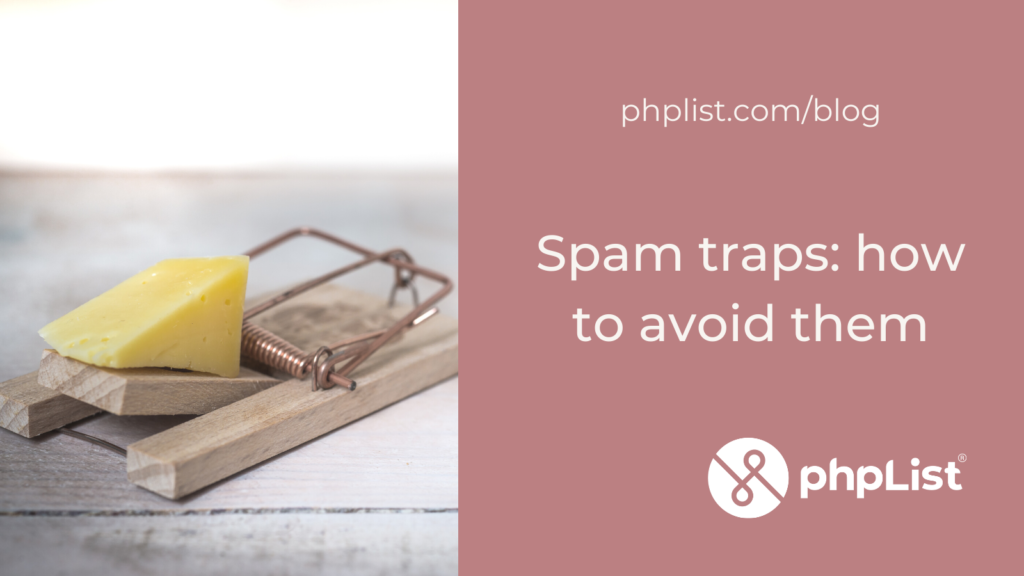From the name itself, it is clear that spam traps (or “spamtraps”) are used to lure spam content and block it in case there is a sending attempt in the future. Spam traps are used by Internet Service Providers (ISPs) and blacklist providers to protect inboxes from unwanted or dangerous spammy content. But ironically, the chances that non-spam emails will end up in the Junk folder are pretty high. Have a look at what you can do to prevent this from happening.
Clear your lists regularly. You might ask “How regularly?” but this depends on the nature of your subscriber lists. Try cleaning your lists from old email addresses that are no longer used every six months and if this does not work, attempt to clean them again more regularly in the future. Sending to emails that don’t exist anymore and having them bounce, will harm your sending reputation which will result in your campaigns ending up in the Spam folders of many of your subscribers.
Use double opt-in subscriptions. Asking your future subscribers to confirm their subscriptions will help you build lists full of actual email users and not simply a large registry of email addresses that have very little or zero interest in your content. This will increase your campaigns’ reputation.
Don’t send to purchased lists. Sending to purchased is illegal in many states around the world and this will harm your email marketing efforts. Purchased lists contain non-qualitative email lists full of spam traps that will be captured directly from the receivers’ ISPs or email services. If this happens massively it might damage your sending reputation permanently.
Remove bounced addresses. Emails may bounce for various reasons and should examine why this happens. It is recommended that email addresses that your email campaigns bounce all the time be removed from your lists, ensuring that you are left with clean lists of subscribers that will receive your campaigns and hopefully interact with them.
Remove misspelled email addresses. It is easy to type accidentally “gnail.com” instead of “gmail.com” or “hotnail.com” instead of “hotmail.com” but it is a common phenomenon that email addresses with such domains are spam traps. Subscribing with a misspelled address might be a pure human mistake but if your lists are full of misspelled email addresses then there is a high chance that these emails are spam traps and harm your sending reputation.
Bonus: Try avoiding inserting images in your campaigns. Emails that contain many images tend to get blocked or get classified as Spam by email services or email desktop clients (software used for reading emails). Yes, you can add your company’s logo and a special offer banner, but emails full of images increase email size, decrease your sending speed, and get flagged as Spam quicker than emails with fewer images. For more tips on how to deal with images, have a read on the Knowledgebase.
Spam traps are difficult to spot as they look like regular email addresses but investing some time into housekeeping your lists, will result in clean lists with higher open rates. For more effective email marketing tips, have a look at the “Effective Email Marketing” blogpost.

